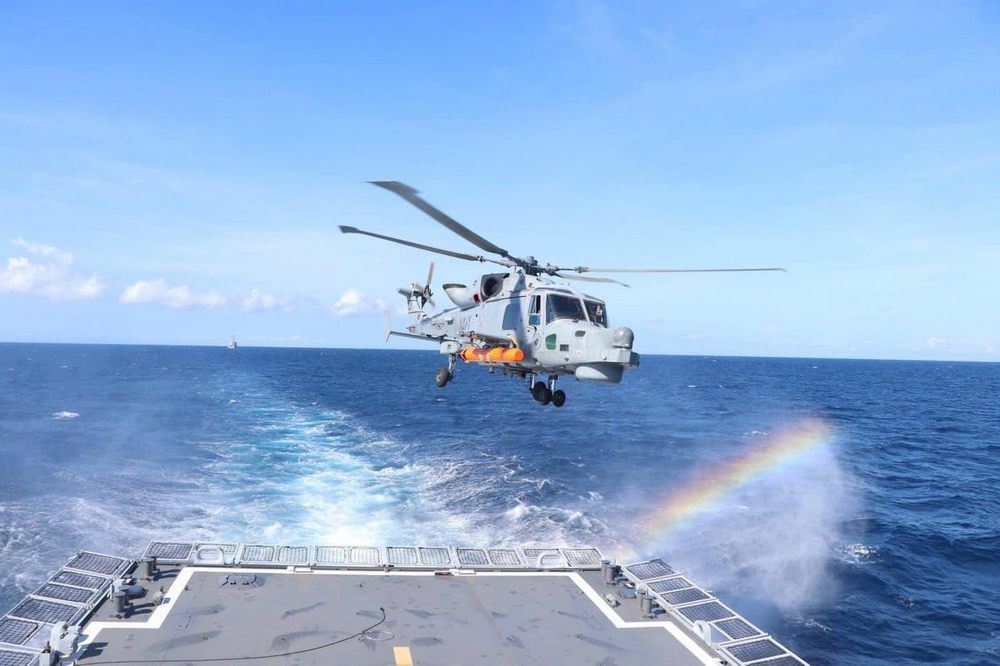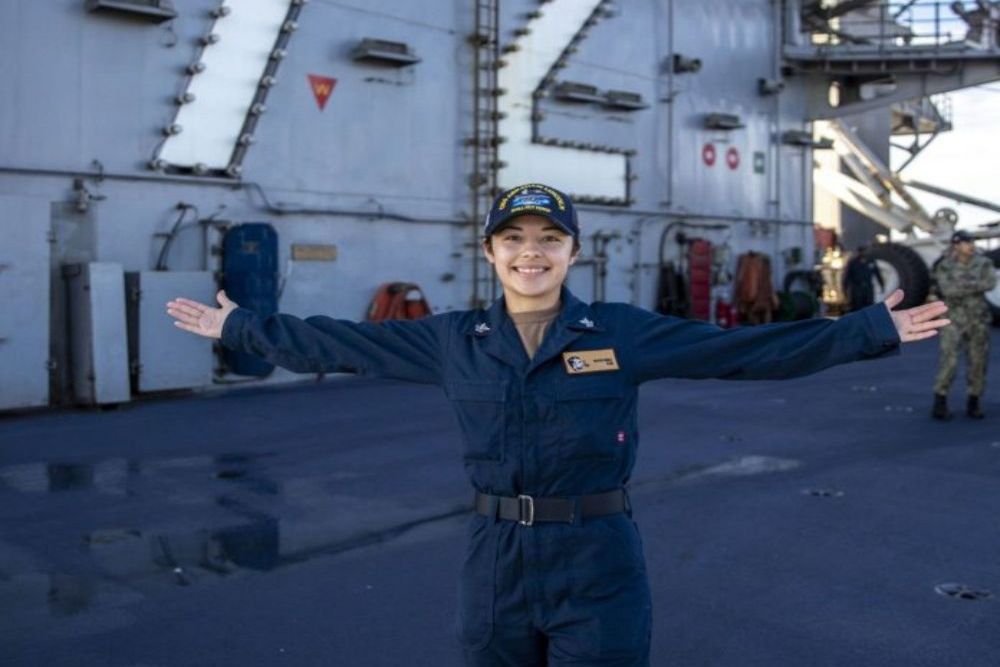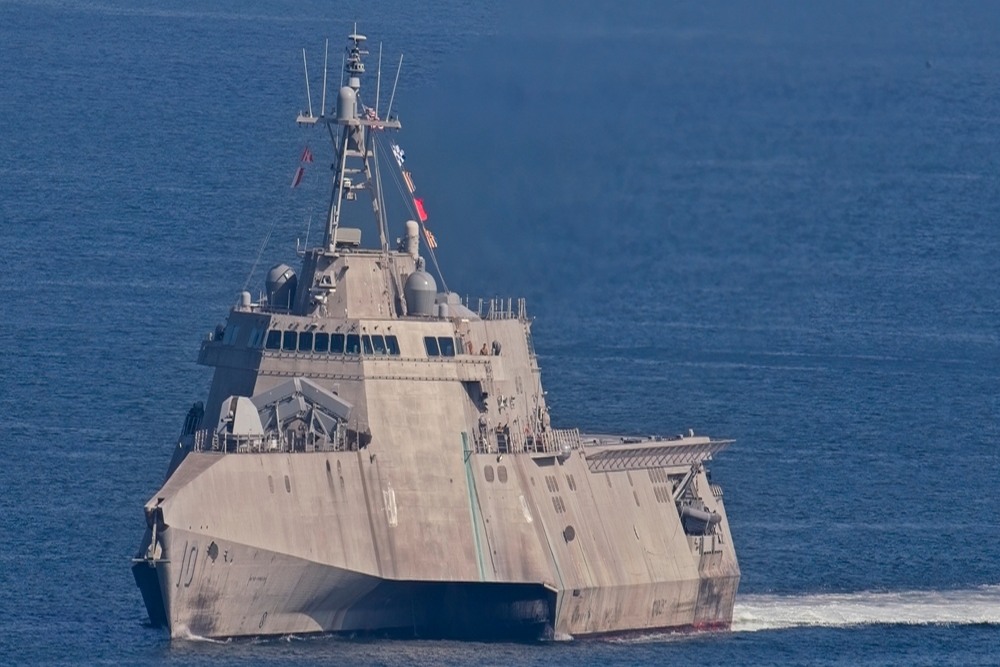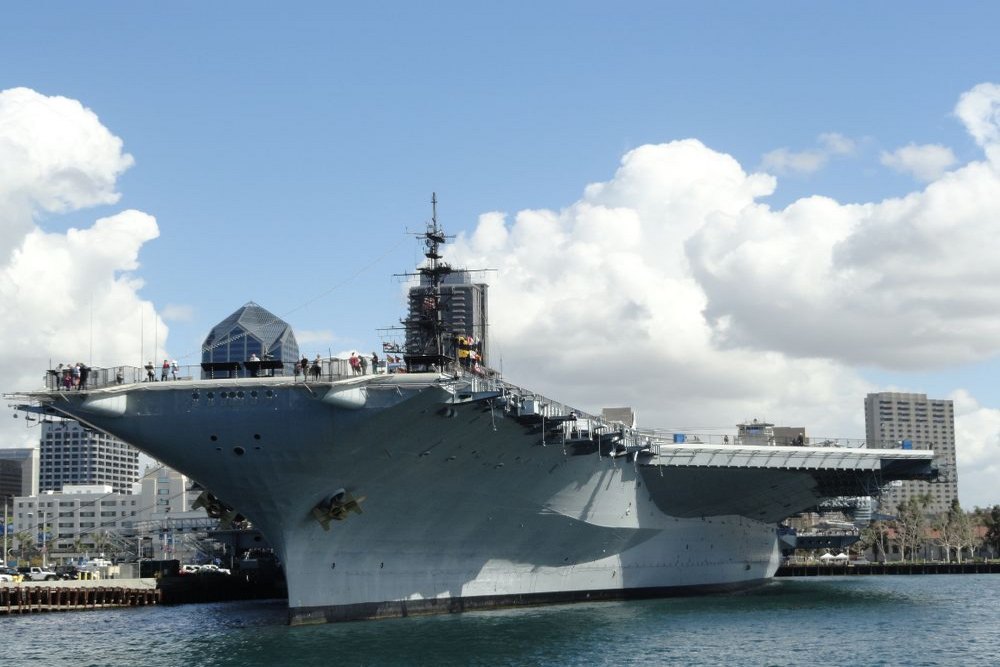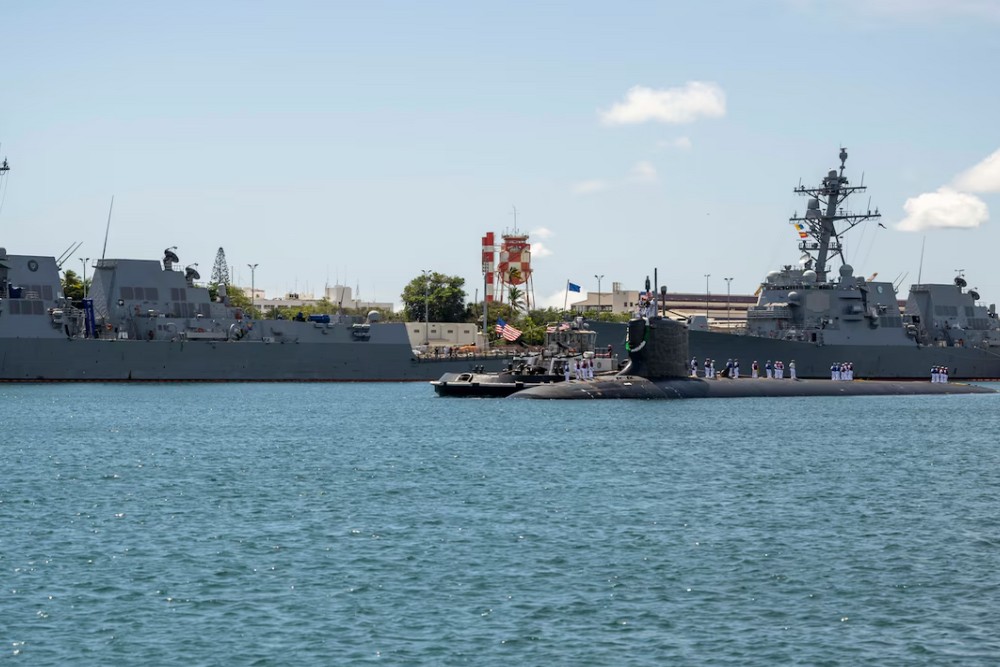U.S. and Philippines Conduct Naval Exercises with Allies in the South China Sea
On October 14, the BRP Jose Rizal (FF150) launched an AW159 helicopter as part of Exercise SAMASAMA in the West Philippine Sea, as captured by the Armed Forces of the Philippines. This week, the Philippines, along with allies such as Canada, Japan, and the United States, initiated the maritime segment of Exercise Sama Sama 2024 in the South China Sea.
Evolution of the Exercise
Originally a bilateral initiative, this exercise has evolved from the Southeast Asian-focused Cooperation Afloat Readiness and Training series into Manila’s leading multilateral naval drill. This year’s Sama Sama, which means “together” in Tagalog, features advanced training activities for the Philippine Navy, including over-the-horizon targeting, counter-drone operations, and simulated submarine detection alongside allied vessels.
Modernization Efforts of the Philippine Navy
Despite ongoing efforts to modernize its fleet with new warships and technologies amid rising tensions in the South China Sea and the Luzon Strait, the Philippine Navy is still learning modern naval warfare tactics and strategies. Before the maritime modernization that began in 2012, much of the fleet consisted of destroyer escorts and landing ship tanks dating back to World War II. Manila has sought collaboration from established and new allies to build these emerging capabilities through exercises like Sama Sama.
Participating Vessels and Personnel
This year’s participants include the BRP Jose Rizal (FF-150), BRP Waray (LC-288), BRP Nestor Reinoso (PC 380), HMCS Vancouver (FFH-331), and USS Howard (DDG-83). Naval aviation components feature helicopters launched from the warships, land-based Philippine ScanEagle drones, a U.S. Navy P-8A Poseidon, and a Japanese Maritime Self-Defense Force group consisting of a P-1 Kawasaki maritime patrol aircraft and a ShinMaywa US-2 seaplane. Personnel from Australia, the United Kingdom, and France are also present, though it remains unclear whether they are observing the exercise or actively participating.
Unique Features of Sama Sama
Sama Sama distinguishes itself from other naval drills, which usually focus on joint patrols and lower-tier maritime security measures. It incorporates anti-surface, anti-air, and anti-submarine warfare training. Other activities include conducting replenishments at sea and search and rescue operations. The Philippines has utilized this exercise to deploy and test its newest capabilities with the guidance or involvement of more experienced allies. In April, the nation launched its first anti-ship missile during the Balikatan 2024 sinking exercise involving U.S. and Australian forces.
Commitment to Interoperability
According to a press release from the flagship Philippine Navy vessel Jose Rizal, “Sama Sama” underscores the commitment of various nations to enhance interoperability in modern warfare and joint patrols.
Increasing Joint Patrols Amid Regional Tensions
With China’s assertive actions encroaching on the country’s exclusive economic zone, referred to by Manila as the West Philippine Sea, the Philippines has increased the frequency and number of joint patrols with its allies. During Sama Sama, Jose Rizal, Vancouver, and Howard participated in a nighttime drill that simulated “real-world scenarios of patrolling contested waters.”
Recent Joint Patrols and Encounters
During a joint patrol in August, in areas claimed by China, multiple warships from the People’s Liberation Army Navy shadowed the Montréal, a U.S. cruiser, and two Philippine Navy ships.
Don’t miss out on any Navy scoop moving forward! For more Navy League news and updates, click here.
BLUE & GOLD NEWSLETTER
The award-winning Blue & Gold is published monthly. It features hot news, highlights event speakers, covers legislation and much more.
JOIN THE COMMUNITY
The Navy League depends on passionate individuals like you to support
those currently serving and advocate for the sea services.

